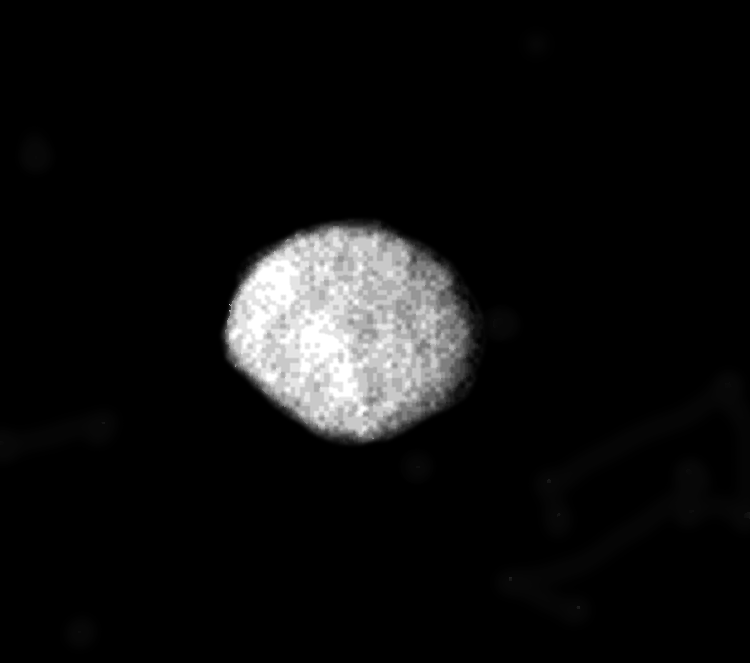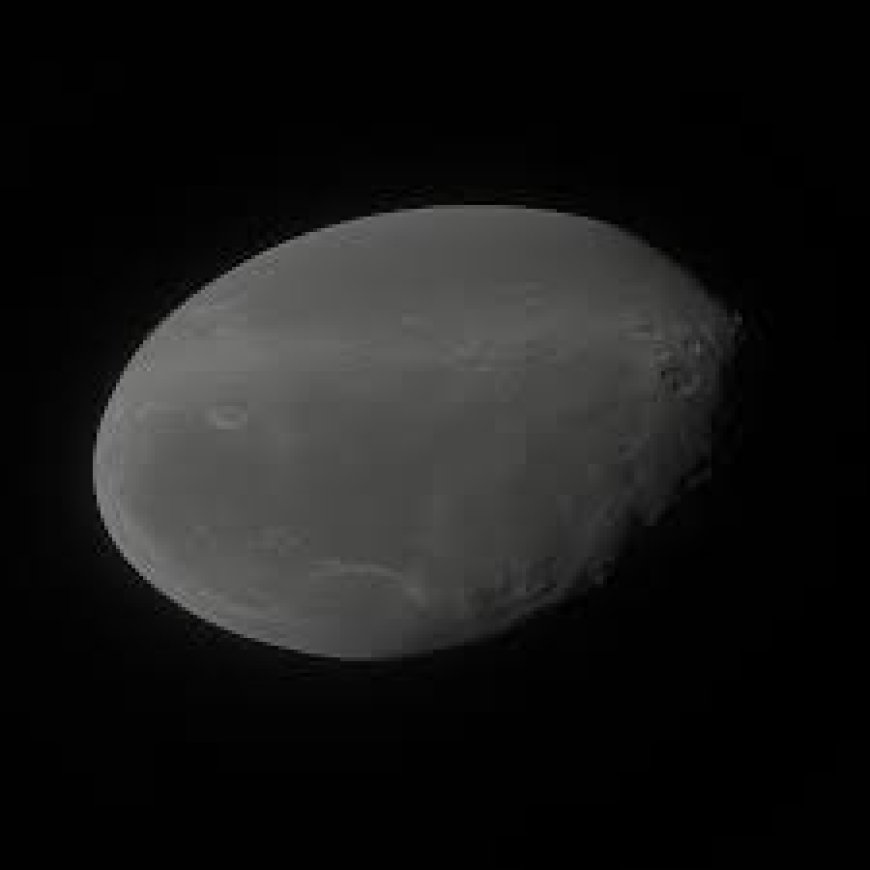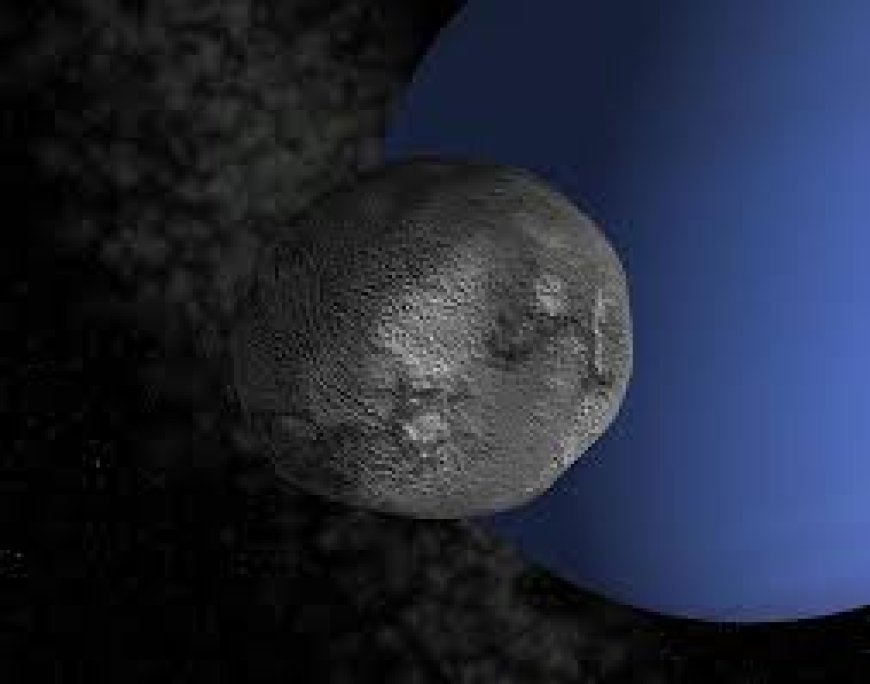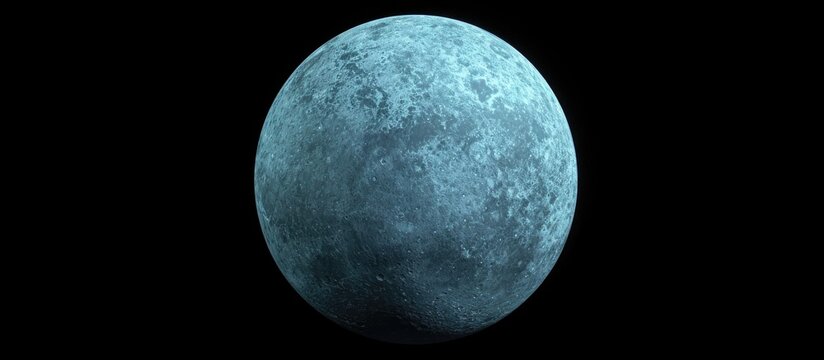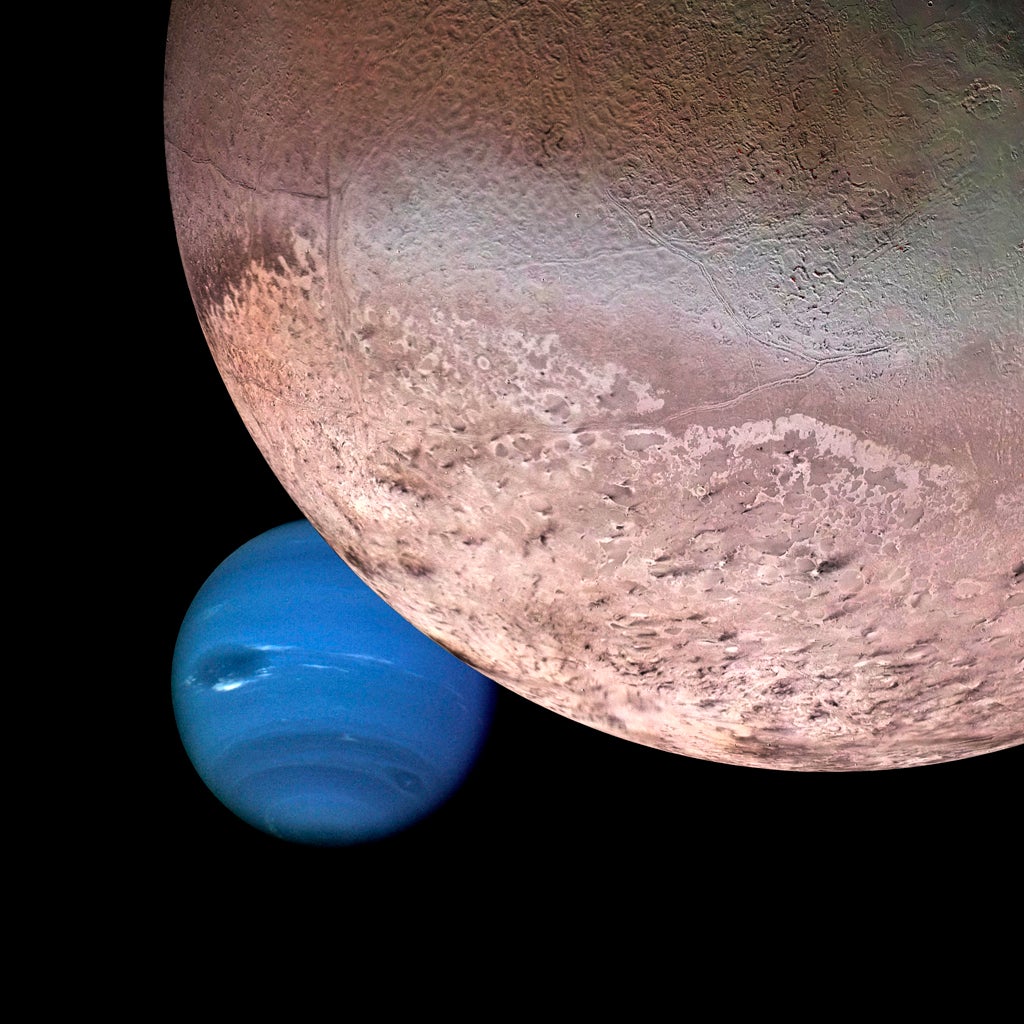Larissa: A Mysterious Relic of Neptune’s Past
Larissa, one of Neptune’s elusive inner moons, orbits the ice giant in a chaotic dance, shaped by past cosmic collisions and gravitational forces. Discover its mysteries, origins, and the role it plays in Neptune’s dynamic system.
Discovery
Larissa was discovered in the late 1980s by the Voyager 2 spacecraft during its historic flyby of Neptune. This small satellite, named after a figure from Greek mythology, continues a long tradition of naming Neptune’s moons after characters connected to water and myth. The choice of name reflects the ancient lore and poetic heritage that has long accompanied the study of the outer planets. Even before Voyager 2’s encounter, hints of Larissa’s existence were suggested by Earth-based observations, but its definitive discovery came from the spacecraft’s detailed imaging, which confirmed its presence and provided the first clear view of its mysterious form.
Size and Composition
Larissa is relatively small compared to other satellites in the solar system. With an estimated diameter of roughly 200 kilometers, it is classified as an inner moon of Neptune. Its modest size contributes to an irregular, somewhat elongated shape rather than a perfect sphere. The satellite’s composition is believed to be largely a mix of water ice and rocky material. This composition, common among many of Neptune’s inner satellites, suggests that Larissa formed from the same primordial material that created the planet’s complex ring system and other nearby moons. The icy constituents give it a dark, weathered appearance, as space weathering processes gradually alter the surface over billions of years.
Orbit and Rotation
Orbiting close to Neptune, Larissa follows a path that is both swift and remarkably stable. It completes an orbit around its host planet in a matter of hours, traveling along a nearly circular orbit that lies within Neptune’s equatorial plane. Like many of its sibling moons, Larissa is tidally locked, meaning that the same side of the moon constantly faces Neptune. This synchronous rotation creates a consistent relationship between the satellite and its planet, where the gravitational pull of Neptune has sculpted Larissa’s orbit over time. The gravitational interactions in this tightly knit system ensure that Larissa remains in a fixed position relative to Neptune, despite the dynamic forces at play in the outer solar system.
Surface and Appearance
The surface of Larissa is one of its most captivating features. Observations indicate that it has a dark, mottled exterior, with hues ranging from deep gray to hints of reddish tones. These colors are indicative of the satellite’s icy surface that has been bombarded by countless meteoroids and space debris over eons. The surface is heavily cratered, showcasing scars left by impacts that have punctuated its history. In addition to craters, the terrain exhibits ridges, grooves, and fractured regions that speak to the stress and strain imposed by gravitational interactions with Neptune. The irregular shape of Larissa, combined with its rugged surface, creates a complex and visually intriguing landscape that offers clues about its formation and evolution.
Geological Features and History
Larissa’s rugged exterior tells a story of an ancient world shaped by relentless cosmic impacts. The heavy cratering across its surface suggests that it has remained geologically inactive for a long period, preserving a record of the early solar system. Despite its small size, there is evidence of localized tectonic features—subtle fractures and ridges—that hint at internal stresses. These features may have been caused by the gravitational tug-of-war with Neptune and neighboring moons. Although there is no clear evidence of recent volcanic or cryovolcanic activity, the interplay between internal composition and external forces has undoubtedly contributed to shaping Larissa into the battered, irregular body we observe today.
Environmental Conditions and Temperature
Residing in the outer regions of the solar system, Larissa experiences an environment of extreme cold and low energy. The temperatures on its surface are frigid, plunging to levels far below freezing due to its great distance from the Sun. These icy conditions help to preserve the satellite’s primordial materials, albeit with modifications brought on by the harsh radiation environment near Neptune. Moreover, Larissa’s proximity to the planet means that it is subject to Neptune’s powerful magnetosphere. This exposure to charged particles over long periods may lead to subtle alterations in its surface chemistry, darkening the icy layers and contributing to the muted colors observed by distant spacecraft.
Exploration and Observation
The only close-up images of Larissa were captured during the Voyager 2 flyby, which provided the first detailed look at this enigmatic moon. Although Voyager 2’s encounter was brief, it yielded a wealth of information about Larissa’s size, shape, and surface features. Subsequent ground-based telescopic observations have refined our understanding of its orbit and physical characteristics, but much remains shrouded in mystery. The limitations of current imaging technology and the challenges of observing such a small object from Earth mean that Larissa has not been studied in as much detail as some of its larger neighbors. Nevertheless, every new observation adds a piece to the puzzle, enhancing our overall knowledge of the Neptune system and its collection of diverse satellites.
Unique Features and Fun Facts
One of the most intriguing aspects of Larissa is its irregular shape, which departs from the smooth, rounded forms seen in larger moons. This lumpy, uneven form hints at a turbulent past, marked by collisions and gravitational reshaping. Despite its small size, Larissa’s orbit is remarkably stable—a testament to the finely balanced gravitational forces within Neptune’s inner satellite system. Fun facts about Larissa include its status as one of the lesser-known members of Neptune’s family, often overshadowed by more famous moons like Triton. Yet, its mysterious, dark surface and the story etched into its craters make it a silent witness to the solar system’s ancient history. Its discovery by Voyager 2 marked a pivotal moment in planetary exploration, reminding us that even the smallest bodies in our solar system can hold profound secrets about the processes that shape celestial bodies.
Scientific Importance and Mystery
Studying Larissa is important for several reasons. First, it provides scientists with a natural laboratory for understanding the evolution of small, icy satellites in harsh space environments. The characteristics observed on Larissa’s surface—its cratering, color variations, and irregular shape—offer insights into the dynamics of impact processes and the long-term effects of space weathering. Furthermore, Larissa’s proximity to Neptune means that it is continuously influenced by the giant planet’s gravity and magnetic field. These interactions may offer clues about the internal structures of such small bodies and the way they interact with larger planetary systems. In this way, Larissa is not just a simple moon but a key to unlocking the broader mysteries of satellite formation and evolution in the outer solar system.
Challenges and Future Exploration
Despite the data collected by Voyager 2 and subsequent observations, many aspects of Larissa remain unknown. The limited resolution of past imaging leaves many questions about the fine details of its surface unresolved. For instance, researchers are still debating the processes that created its intricate network of impact craters and fractured terrain. Future missions to the Neptune system, equipped with more advanced imaging and spectroscopic tools, could reveal new details about Larissa’s composition and geological history. Such missions would not only deepen our understanding of this particular moon but also contribute to our broader knowledge of how small, icy bodies evolve over time. The prospect of a dedicated mission to Neptune’s satellites holds the promise of turning current mysteries into well-understood chapters of solar system history.
Conclusion
In conclusion, Larissa stands out as a small yet fascinating moon within the Neptune system. Its dark, rugged surface, marked by countless impact craters and irregular contours, offers a window into the ancient past of our solar system. The moon’s stable, tidally locked orbit and close proximity to Neptune underscore the delicate balance of forces that shape the environments of these distant worlds. Larissa’s fun, quirky features—its lumpy shape and mysterious, weathered appearance—make it not just an object of scientific inquiry but also a source of wonder and curiosity for space enthusiasts. Future explorations could reveal even more secrets about Larissa, providing a clearer picture of its origins and its role within Neptune’s family of moons. Simply put, Larissa is a compelling reminder that even the smallest celestial bodies have incredible stories to tell—a story of cosmic impacts, ancient ice, and the timeless dance of gravity in our solar system.
What's Your Reaction?







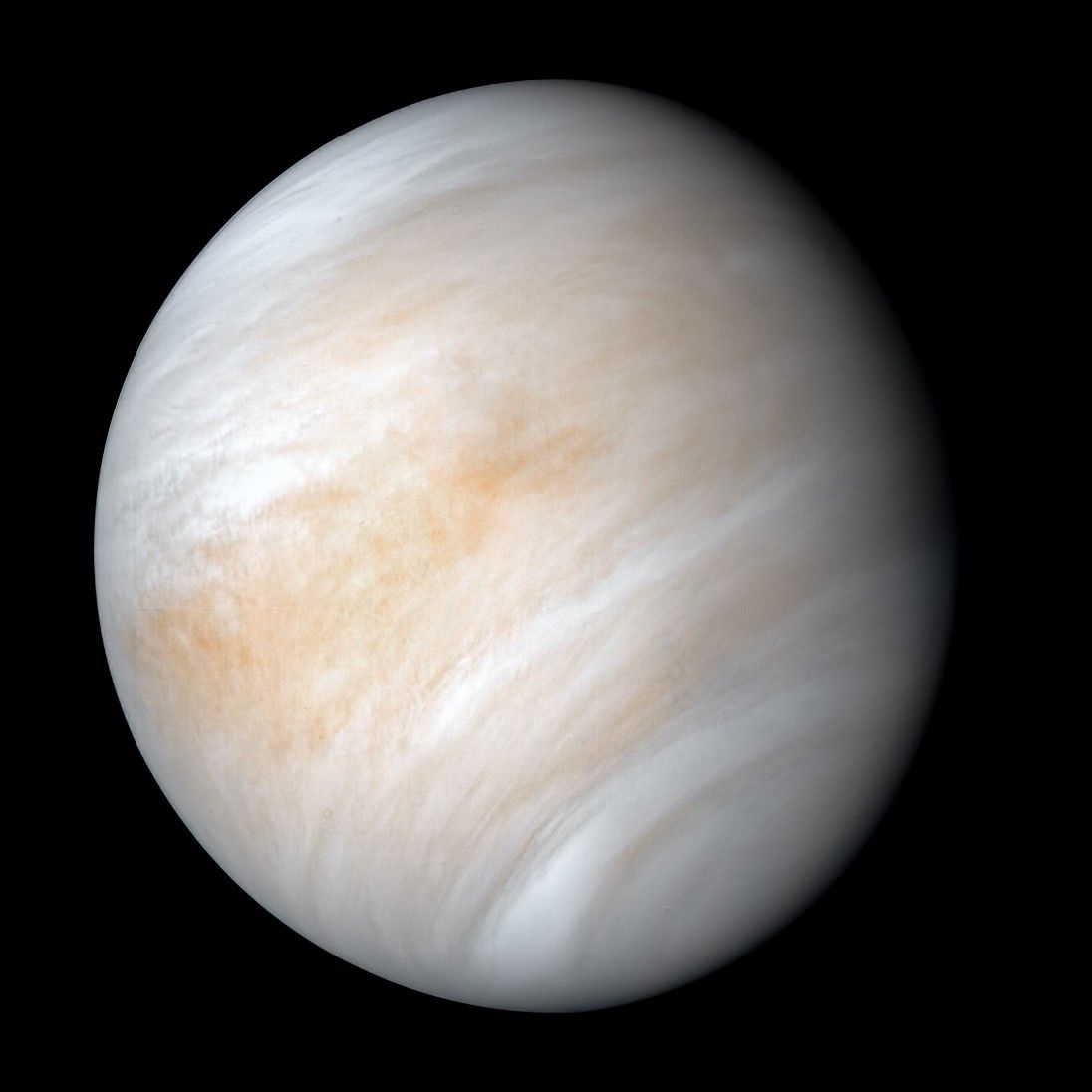



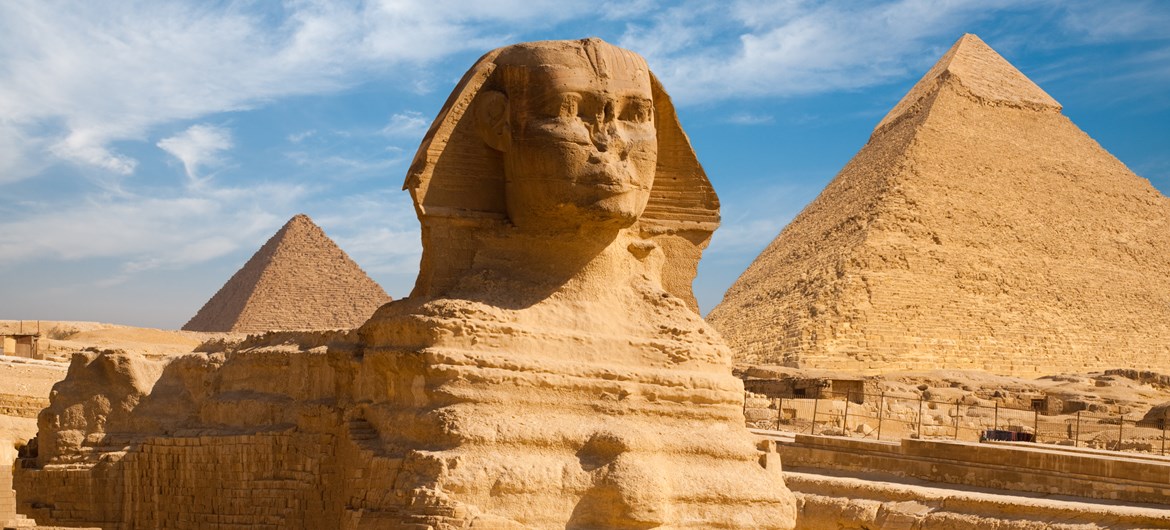
/https://tf-cmsv2-smithsonianmag-media.s3.amazonaws.com/filer_public/54/66/546650fa-26a4-40fd-8d6d-5a7a04540f81/rosetta2.png)
:max_bytes(150000):strip_icc():focal(999x0:1001x2)/robert-prevost-050825-1-39395418ab494da5a3a700c9478e66c8.jpg)


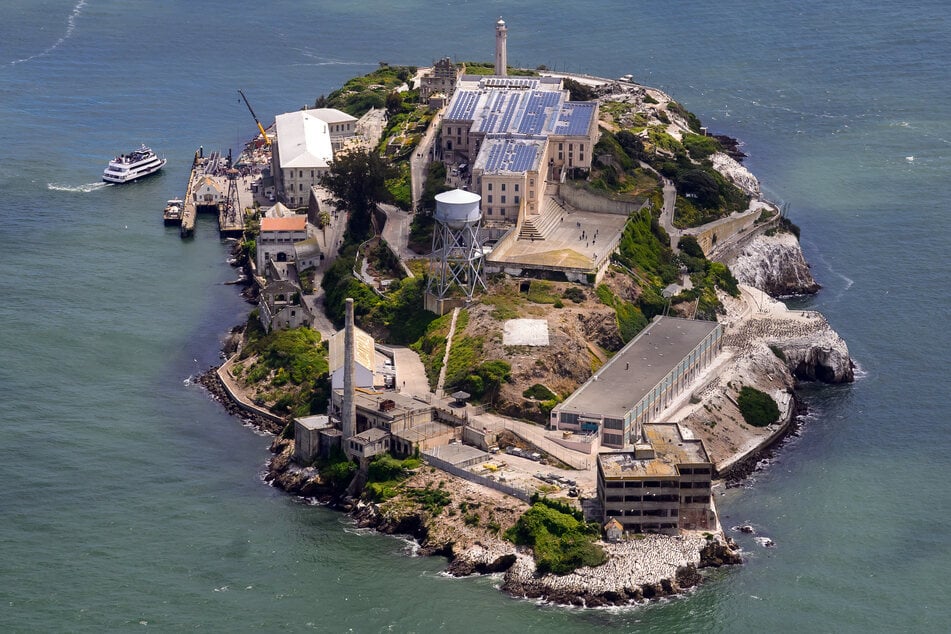























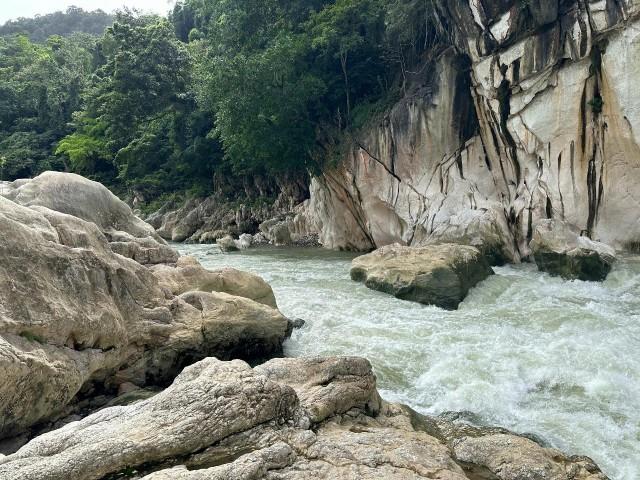




















format(webp))
format(webp))















